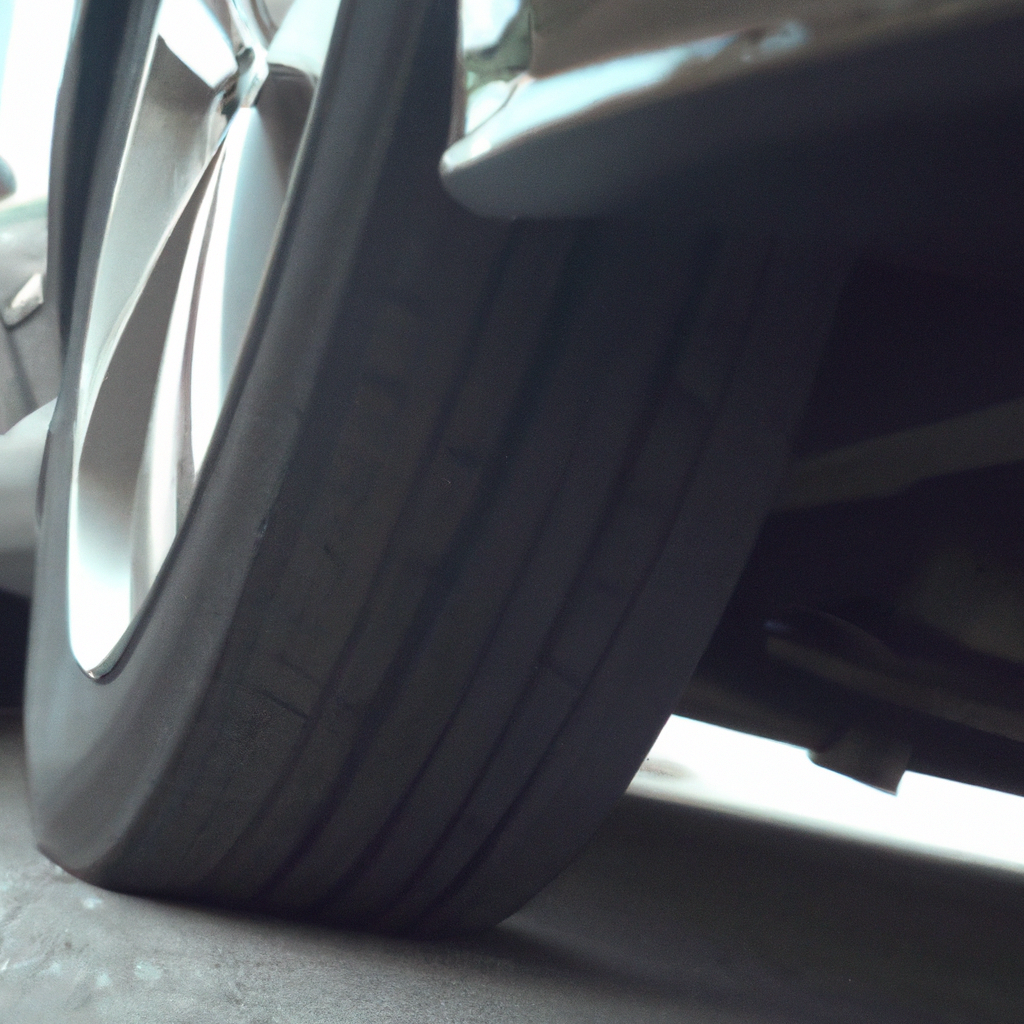Car Anti-Lock Braking System: How it Works to Enhance Vehicle Safety
The anti-lock braking system (ABS) is a significant safety technology in modern cars. It plays a crucial role in preventing accidents and reducing the impact of collisions. ABS allows drivers to maintain steering control while braking in emergency situations, improving the vehicle’s overall safety. In this article, we will delve deeper into how a car anti-lock braking system works to enhance vehicle safety.
How does an anti-lock braking system work?
When a driver presses the brake pedal, the ABS system applies and releases brake pressure rapidly, preventing the wheels from locking up. The ABS system relies on sensors to detect wheel speed and maintain traction during braking. These sensors are located on each wheel and monitor the rotational speed of the wheels. If a wheel starts to slow down or stop rotating, the ABS system reduces brake pressure to that wheel while simultaneously increasing brake pressure to the other wheels. By doing so, the system ensures that all wheels maintain traction with the road surface, allowing the driver to steer the vehicle while braking.
Understanding the braking mechanism
Braking is the process of converting the kinetic energy of a moving vehicle into heat energy, which is then dissipated into the environment. The braking mechanism in a car works by converting the force applied by the driver on the brake pedal into hydraulic pressure that is transmitted to the brake calipers. The brake calipers, in turn, squeeze the brake pads against the brake rotors, slowing the car down. The friction between the brake pads and rotors generates heat, which dissipates as the car slows down.
How does ABS improve vehicle safety?
The primary benefit of ABS is that it prevents the wheels from locking up during emergency braking, which helps to maintain steering control. When a wheel locks up, the driver loses the ability to steer the car, making it difficult to avoid obstacles or other vehicles. ABS allows the driver to maintain steering control while braking, reducing the risk of accidents. Additionally, ABS reduces the stopping distance of a car, allowing the driver to come to a complete stop in a shorter distance.
Components of ABS
The ABS system consists of various components that work together to improve vehicle safety. These components include:
1. Sensors: Sensors are located on each wheel and monitor the rotational speed of the wheels. They send signals to the ABS control module, which interprets the data and determines if any wheel is about to lock up.
2. ABS control module: The ABS control module receives signals from the wheel sensors and controls the brake pressure to each wheel. It determines which wheel needs to reduce or increase brake pressure, ensuring that all wheels maintain traction with the road surface.
3. Hydraulic unit: The hydraulic unit is responsible for controlling the brake pressure to each wheel. It contains the brake fluid pump, which maintains the hydraulic pressure in the brake system.
4. Valves: The valves control the brake fluid flow to the brake calipers, allowing the ABS system to regulate the brake pressure to each wheel.
Conclusion
In summary, the anti-lock braking system (ABS) is a crucial safety technology in modern cars. It allows drivers to maintain steering control while braking in emergency situations, improving the vehicle’s overall safety. By preventing the wheels from locking up, ABS reduces the risk of accidents and shortens the stopping distance of a car. ABS relies on sensors, control modules, hydraulic units, and valves to regulate brake pressure to each wheel, ensuring that all wheels maintain traction with the road surface. With ABS in place, drivers can rely on their car’s braking system to help them avoid collisions and stay safe on the road.







